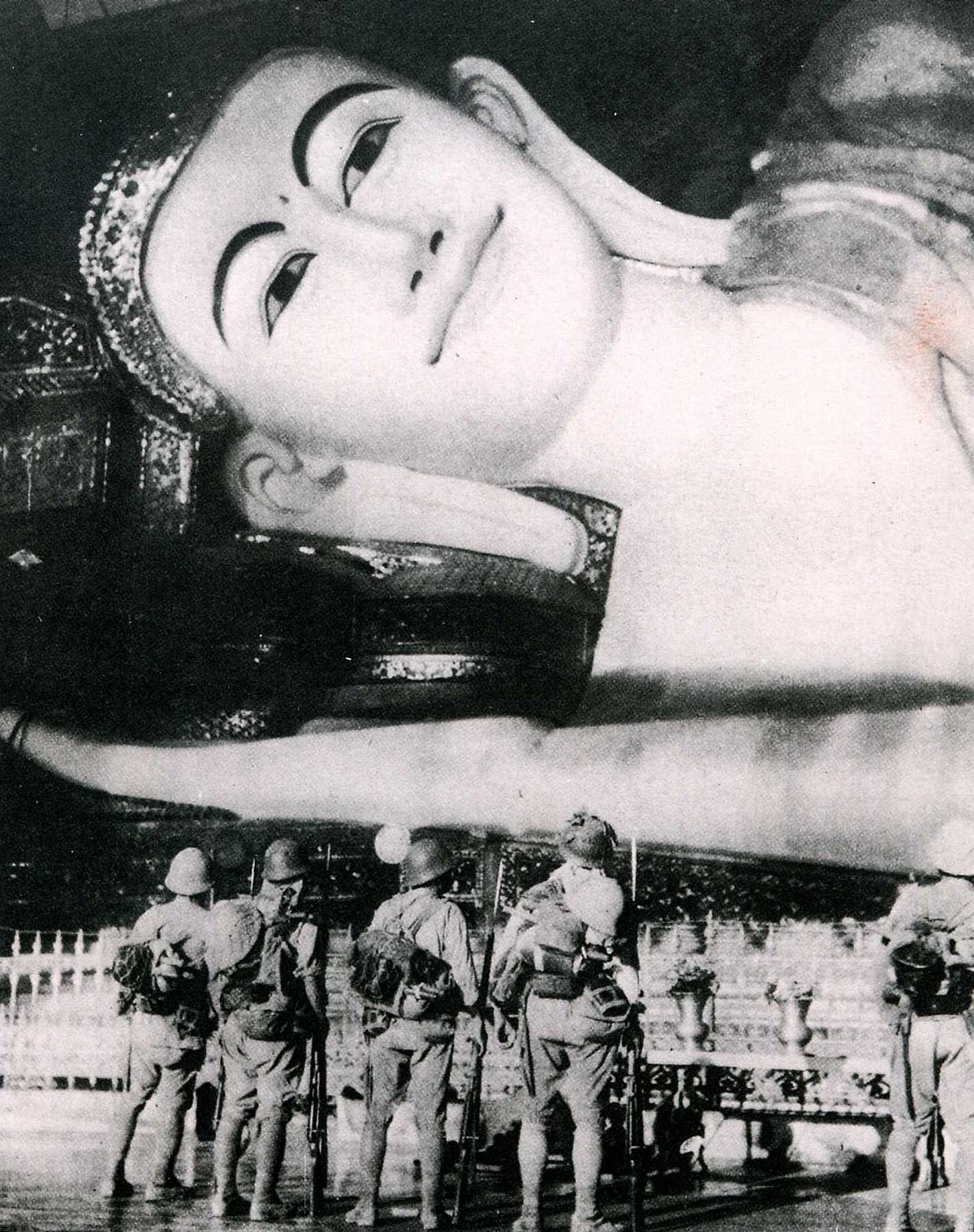
Burma during World War II
Myanmar (Burma)During World War II, Burma became a significant point of contention. Burmese nationalists were divided on their stance towards the war. While some saw it as an opportunity to negotiate concessions from the British, others, particularly the Thakin movement and Aung San, sought complete independence and opposed any form of participation in the war. Aung San co-founded the Communist Party of Burma (CPB)[77] and later the People’s Revolutionary Party (PRP), eventually aligning with the Japanese to form the Burma Independence Army (BIA) when Japan occupied Bangkok in December 1941.
The BIA initially enjoyed some autonomy and formed a provisional government in parts of Burma by spring of 1942. However, differences arose between the Japanese leadership and the BIA over the future governance of Burma. The Japanese turned to Ba Maw to form a government and reorganized the BIA into the Burma Defence Army (BDA), still under Aung San’s leadership. When Japan declared Burma "independent" in 1943, the BDA was renamed the Burma National Army (BNA).[77]
As the war turned against Japan, it became clear to Burmese leaders like Aung San that the promise of true independence was hollow. Disillusioned, he began working with other Burmese leaders to form the Anti-Fascist Organisation (AFO), later renamed the Anti-Fascist People's Freedom League (AFPFL).[77] This organization was in opposition to both Japanese occupation and fascism on a global scale.
Informal contacts were established between the AFO and the British through Force 136, and on March 27, 1945, the BNA launched a countrywide rebellion against the Japanese.[77] This day was subsequently celebrated as ‘Resistance Day.’ Post-rebellion, Aung San and other leaders officially joined the Allies as the Patriotic Burmese Forces (PBF) and began negotiations with Lord Mountbatten, the British Commander of Southeast Asia.
The impact of the Japanese occupation was severe, resulting in the deaths of 170,000 to 250,000 Burmese civilians.[78] The wartime experiences significantly influenced the political landscape in Burma, setting the stage for the country’s future independence movements and negotiations with the British, culminating in Burma gaining independence in 1948.
